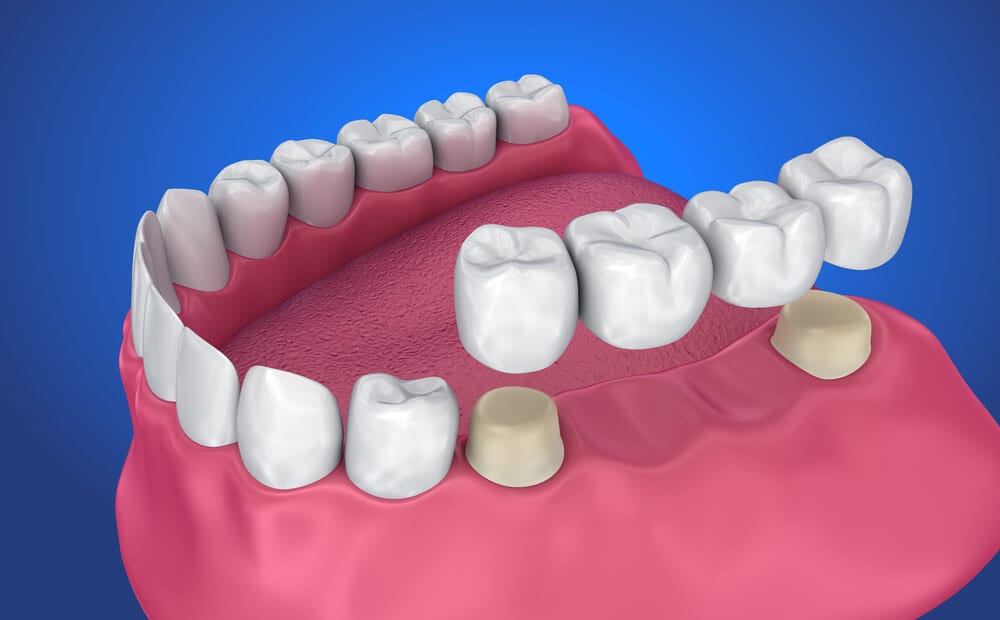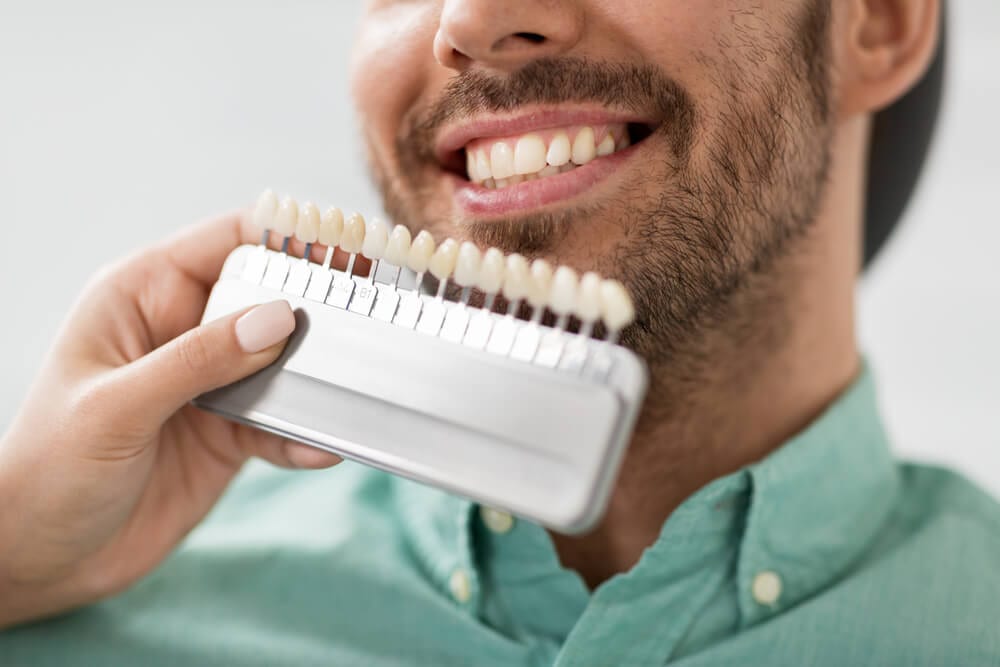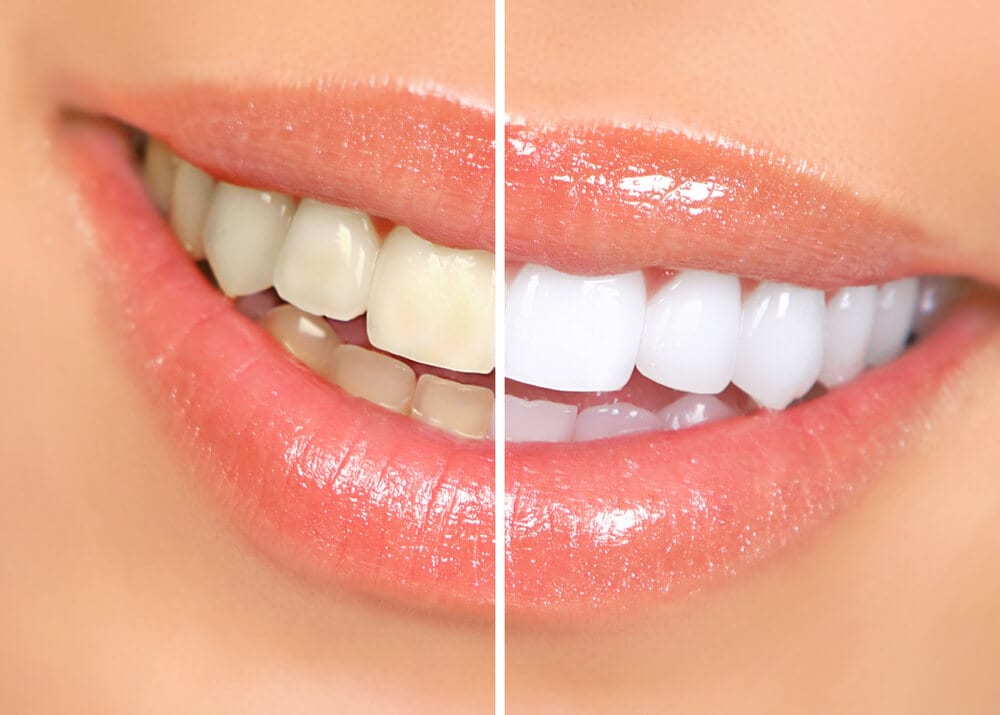Best Cosmetic Dentistry in Richland, WA

Cosmetic dentistry includes dental procedures that improve a person’s teeth and gums, resulting in a better, more noticeable smile. Although the term cosmetic dentistry is commonly referred to as redundant, since general dentistry is aimed at improving the look and feel of a patient’s teeth; the term focuses more of an emphasis on improving the smile and overall appearance of the teeth.
Dentists who practice cosmetic dentistry have extensive experience in techniques that can greatly improve a person’s confidence and give them a new look on life. A smile can be transformed from a no-tooth grin to a full, brilliant, white smile. It is for these reasons that cosmetic dentistry has become more and more popular throughout the United States.

Dental implants are a great way to replace missing teeth and also provide a fixed solution to having removable partial or complete dentures. Implants provide excellent support and stability for these dental appliances.
Dental implants are artificial roots and teeth (usually titanium) that are surgically placed into the upper or lower jaw bone by a dentist or Periodontist – a specialist of the gums and supporting bone. The teeth attached to implants are very natural looking and often enhance or restore a patient’s smile!
Dental implants are strong and durable and will last many years. On occasion, they will have to be re-tightened or replaced due to normal wear.
Reasons for dental implants:
- Replace one or more missing teeth without affecting adjacent teeth.
- Resolve joint pain or bite problems caused by teeth shifting into missing tooth space.
- Restore a patient’s confident smile.
- Restore chewing, speech, and digestion.
- Restore or enhance facial tissues.
- Support a bridge or denture, making it more secure and comfortable.
What does getting dental implants involve?
The process of getting implants requires a number of visits over several months.
X-rays and impressions (molds) are taken of the jaw and teeth to determine bone, gum tissue, and spacing available for an implant. While the area is numb, the implant will be surgically placed into the bone and allowed to heal and integrate itself for up to six months. Depending on the type of implant, a second surgery may be required in order to place the “post” that will hold the artificial tooth in place. With other implants the post and anchor are already attached and placed at the same time.
After several weeks of healing the artificial teeth are made and fitted to the post portion of the anchor. Because several fittings may be required, this step may take one to two months to complete. After a healing period, the artificial teeth are securely attached to the implant, providing excellent stability and comfort to the patient.
You will receive care instructions when your treatment is completed. Good oral hygiene and eating habits, alongside regular dental visits, will aid in the life of your new implant.

A crown (or cap) is a covering that encases the entire tooth surface restoring it to its original shape and size. A crown protects and strengthens tooth structure that cannot be restored with fillings or other types of restorations.
Although there are several types of crowns, porcelain (tooth colored crown) are the most popular, because they resemble your natural teeth. They are highly durable and will last many years, but like most dental restorations, they may eventually need to be replaced. Porcelain crowns are made to match the shape, size, and color or your teeth giving you a natural, long-lasting beautiful smile.
Reasons for crowns:
- Broken or fractured teeth.
- Cosmetic enhancement.
- Decayed teeth.
- Fractured fillings.
- Large fillings.
- Tooth has a root canal.
What does getting a crown involve?
A crown procedure usually requires two appointments. Your first appointment will include taking several highly accurate molds (or impressions) that will be used to create your custom crown. A mold will also be used to create a temporary crown which will stay on your tooth for approximately two weeks until your new crown is fabricated by a dental laboratory.
While the tooth is numb, the dentist will prepare the tooth by removing any decay and shaping the surface to properly fit the crown. Once these details are accomplished, your temporary crown will be placed with temporary cement and your bite will be checked to ensure you are biting properly.
At your second appointment your temporary crown will be removed, the tooth will be cleaned, and your new crown will be carefully placed to ensure the spacing and bite are accurate.
You will be given care instructions and encouraged to have regular dental visits to check your new crown.

A dental bridge is a fixed (non-removable) appliance and is an excellent way to replace missing teeth.
There are several types of bridges. You and your dentist will discuss the best options for your particular case. The “traditional bridge” is the most popular type and is usually made of porcelain fused to metal. Porcelain fixed bridges are most popular because they resemble your natural teeth. This type of bridge consists to two crowns that go over two anchoring teeth (abutment teeth) and are attached to pontics (artificial teeth), filling the gap created by one or more missing teeth.
Dental bridges are highly durable and will last many years; however, they may need replacement or need to be re-cemented due to normal wear.
Reasons for a fixed bridge:
- Fill space of missing teeth.
- Maintain facial shape.
- Prevent remaining teeth from drifting out of position.
- Restore chewing and speaking ability.
- Restore your smile.
- Upgrade from a removable partial denture to a permanent dental appliance.
What does getting a fixed bridge involve?
Getting a bridge usually requires two or more visits. While the teeth are numb, the two anchoring teeth are prepared by removing a portion of enamel to allow for a crown. Next, a highly accurate impression (mold) is made which will be sent to a dental laboratory where the bridge will be fabricated. In addition, a temporary bridge will be made and worn for several weeks until your next appointment.
At the second visit, your permanent bridge will be carefully checked, adjusted, and cemented to achieve a proper fit. Occasionally your dentist may only temporarily cement the bridge, allowing your teeth and tissue time to get used to the new bridge. The new bridge will be permanently cemented at a later time.
You will receive care instructions at the conclusion of your treatment. Proper brushing, flossing and regular dental visits will aid in the life of your new permanent bridge.

Veneers are very thin pieces of durable, tooth shaped porcelain that are custom made (for shape and color) by a professional dental laboratory. They are bonded onto the front of teeth to create a beautiful and attractive smile.
Veneers can completely reshape your teeth and smile. They can often be alternatives to crowns and the ideal solution in treating many dental conditions.
As with most dental restorations, veneers are not permanent and may someday need replacement. They are very durable and will last many years, giving you a beautiful long lasting smile.
Reasons for porcelain veneers:
- Cosmetically, to create a uniform, white, beautiful smile.
- Crooked teeth.
- Misshapen teeth.
- Severely discolored or stained teeth.
- Teeth that are too small or large.
- Unwanted or uneven spaces.
- Worn or chipped teeth.
What does getting porcelain veneers involve?
Getting veneers usually requires two visits to complete the process, with little or no anesthesia required during the procedure. The teeth are prepared by lightly buffing and shaping the surface to allow for the thickness of the veneer. A mold or impression of the teeth is taken and a shade (color) will then be chosen by you and the dentist.
On the second visit the teeth will be cleansed with special liquids to achieve a durable bond. Bonding cement is then placed between the tooth and veneer and a special light beam is used to harden and set the bond.
You will receive care instructions for veneers. Proper brushing, flossing and regular dental visits will aid in the life of your new veneers.

Frequently Asked Questions
Why does professional teeth whitening work so well?
Professional teeth whitening works by restoring your teeth’s youthful ability to absorb oxygen. The oxygen from the whitening gel is absorbed deeply into the tooth, dissolving and removing stain molecules.
How long does professional teeth whitening last?
Unlike other whitening methods, with easy periodic home maintenance, professional teeth whitening is entirely permanent.
Is it safe?
Whitening products have been clinically studied for more than three decades, and safely used on millions of patients without harm to teeth or gums. Professional teeth whitening is considered entirely safe.
Is there pain or discomfort with professional teeth whitening?
Many have experienced pain during teeth whitening. Maybe you’ve experienced it yourself. Most patients have no discomfort from whitening when using this system.
Does it matter how old I am?
Teeth are safely whitened at any age, however, the ideal age to whiten teeth is about 14 because the permanent teeth are usually all fully erupted in the mouth by that age. The younger teeth are, the more brilliantly they whiten. However, professional teeth whitening rejuvenates even older teeth back to their youthful ability to whiten incredibly well, even if you’re 90 years old.
How white will my teeth get?
Professional teeth whitening lightens teeth dramatically, up to 16 shades or more. Although everyone is different, nearly all teeth will have stunning results. Professional teeth whitening even whitens tetracycline-stained teeth significantly, which was previously thought to be impossible!
Will my teeth look too white and unnatural?
Real teeth can’t look unnatural, they just look beautifully white. If you have seen people with ultra-white, fake-looking teeth, these were probably false teeth, teeth with porcelain crowns, or porcelain veneers that may have been made too white and too opaque. With professional teeth whitening you’ll get the ideal shade that’s right for you. Will my crowns, veneers or fillings whiten too? No. If you have any of these on your front teeth, you may need to replace some of them after whitening.
How will coffee, tea, smoking and red wine affect my teeth after whitening?
With your easy home maintenance, these staining foods will have no effect on the long-term brilliant color of your teeth.
Will the whitening trays be uncomfortable, difficult to sleep with, or will the whitening gel leak out of the trays?
Professional teeth whitening trays are comfortable – because they’re thin and form-fitting, you’ll probably forget they’re even in your mouth. They’re convenient – by wearing these only while you sleep, it doesn’t interfere with your busy day.
How does the professional teeth whitening system work?
Molds of your teeth will be made to fabricate your own unique, ultra-comfortable whitening trays. You and your dentist will select which level of whitening is the proper fit for you. Most patients wear their whitening trays at home for two weeks while they sleep. Depending on your selections, you may have one or two simple whitening visits in the dental office.